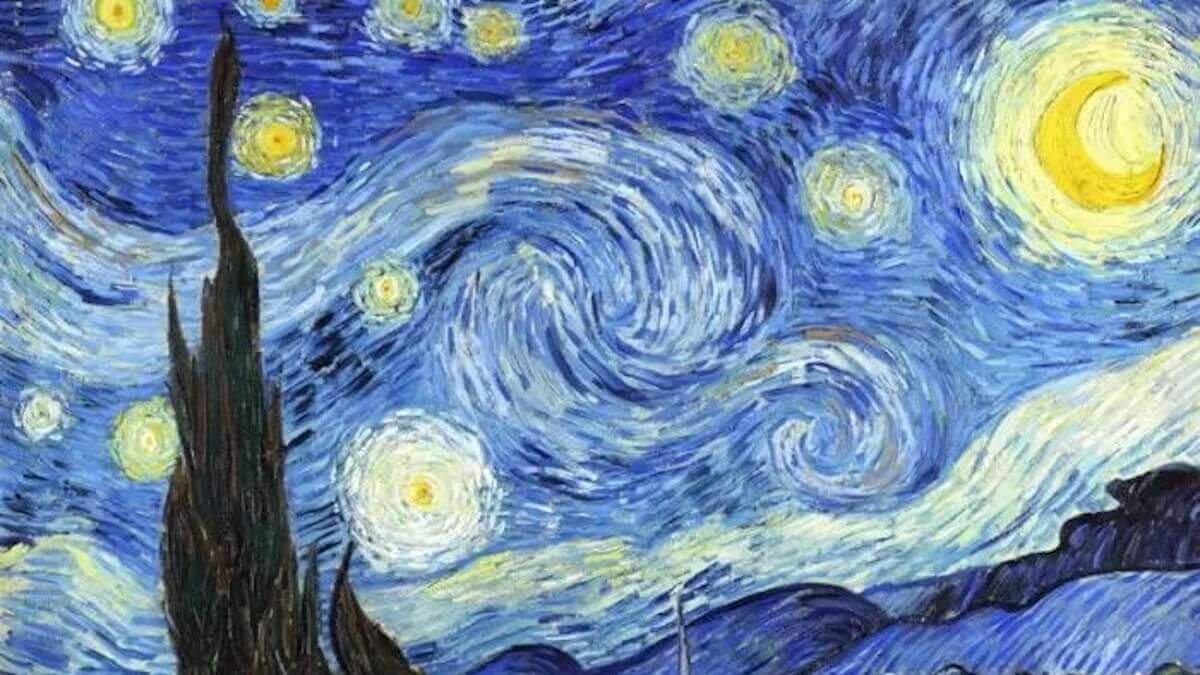
10 Things You Need to Know About Paul Gauguin
Paul Gauguin left his mark on the nineteenth century thanks to his peculiar character and highly distinctive artistic style. Always in the search of a primitive world, free from Western values, he also found a certain discipline in his artistic approach. Discover the painter Paul Gauguin through 10 anecdotes!
1. When Will You Marry? is one of the most expensive artworks in the world
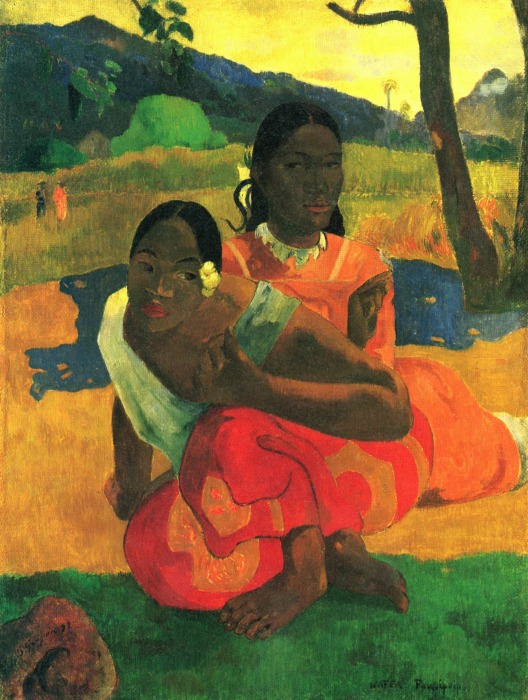
Valued at 300 million dollars, Gauguin’s painting When will you marry? (Quand te maries-tu ?) was sold in 2015 to an unknown buyer. At the time, it was the most expensive work of art in the world. It was overtaken in 2017 by “Salvator Mundi”, which was sold for 450 million dollars.
2. Gauguin lived in poverty for a large part of his life
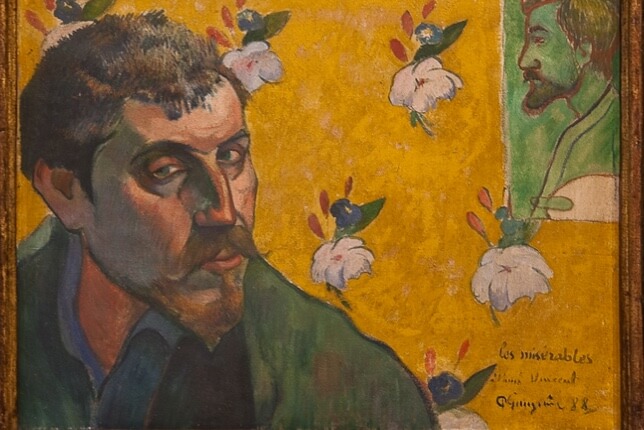
Although his work is today undoubtedly among the most expensive in the world, during his lifetime Paul Gauguin had to live a very simple life. He worked as a banker for some time, but eventually he lost his job and decided to devote himself to art, which meant adopting a more modest lifestyle.
3. He had a thirst for the exotic

As a child, Gauguin spent several years in Lima with his parents. The experience left a lasting impression on him and he spent much of his life to finding and recreating the lifestyle he remembered from Peru. In his search, he visited Tahiti twice and eventually settled there for several years from 1891.
4. He hated colonialism, but…

Gauguin abhorred colonialist behaviour and the European way of thinking. The artist was very disappointed when he discovered Papeete. Gauguin thought he would find the simpler way of life he was looking for there, but instead he found a society that had been Westernised. He therefore moved away from the city in search of the authentic and the primitive character that he aspired to. His rhetoric was entirely opposed to colonialist thinking but in the way he idealised the “primitive” his views were undeniably western and exotising. Furthermore, like many single settlers, he sought out the young girls from the island to take care of his needs. Gauguin ended up adopting the behaviour that he had once denounced when he returned to Tahiti toward the end of his life. Depressed and ailing, he gave into debauchery, disillusioned by life on the island…
5. He was inspired by prints and stained-glass windows

Like many painters of his time, Paul Gauguin took inspiration from Japanese prints, their colours and their themes. The painter was influenced by stained-glass windows and their black-bordered shapes.
6. He often identified with Jesus Christ
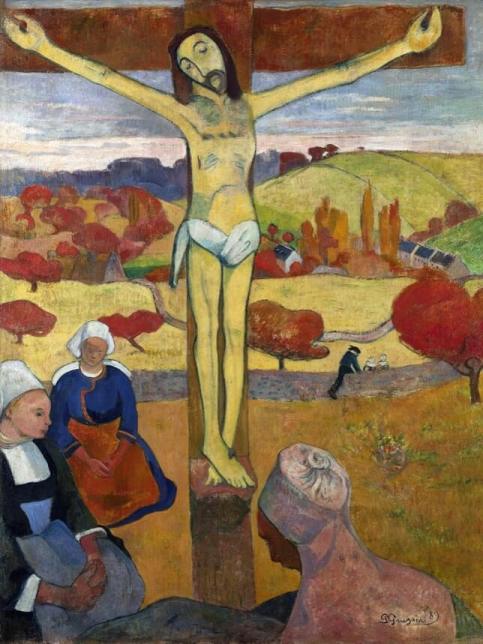
Paul Gauguin felt lonely and misunderstood. He often compared his suffering and burden to that of Jesus Christ. In artworks, he even went so far as to paint Christ with some of his facial features.
7. His friendship with Van Gogh was fickle
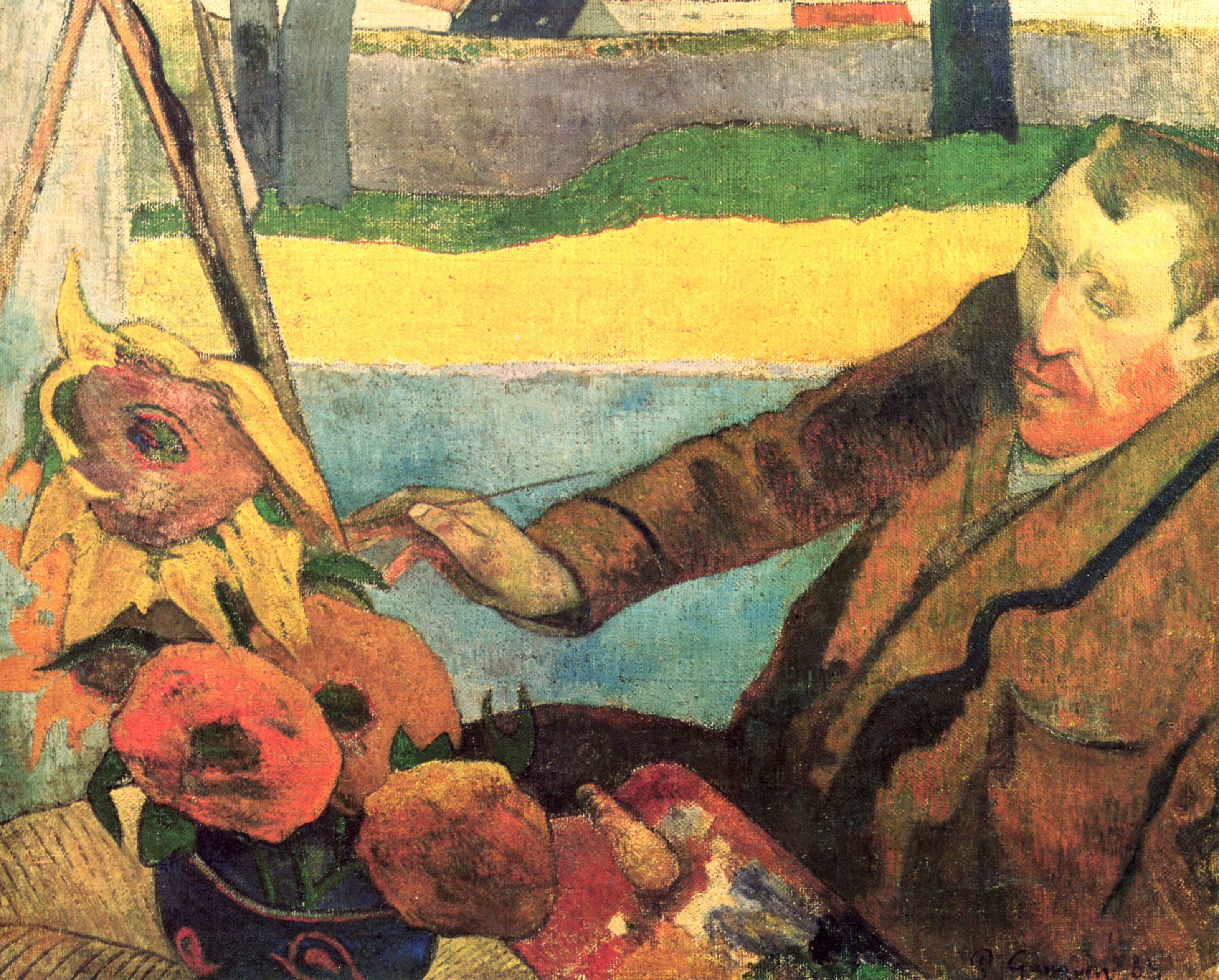
In 1888, the two artists became close friends. They lived together for two months in Arles. Between absinthe and painting, they led a depraved life. They were opposites in every way. Van Gogh, highly productive, painted from nature, while Gauguin used his imagination. On December 23 1888, a violent argument took place and Van Gogh even threatened Gauguin with a knife. It was on this infamous night that Van Gogh cut off his ear using a razor blade (he even then tried to give it to a prostitute he had a long-running relationship with). The following day, Paul Gauguin left Arles. Van Gogh often wrote to him often and eventually took his own life… Not long thereafter, Gauguin left Paris and returned to Papeete, following the advice of his departed friend.
8. His mistress Annah the Javanese looted his apartment

After two years in Papeete, Gauguin’s resources dwindled and he found himself forced to return to Paris to put his talent to use. Unfortunately, the two years of artistic growth in Tahiti did not pay off and his work was rejected. Gauguin then received an inheritance from his uncle and moved to Paris with his new mistress, Annah the Javanese. They both went to recover some paintings pledged as security to Gauguin’s former landlady, but he was unsuccessful in retrieving them and became involved in a fight. Upon his return after two months in hospital (as well as morphine and alcohol consumption), Gauguin discovered that his studio had been raided. His mistress Annah the Javanese had taken everything.
9. His conquests were rather… young
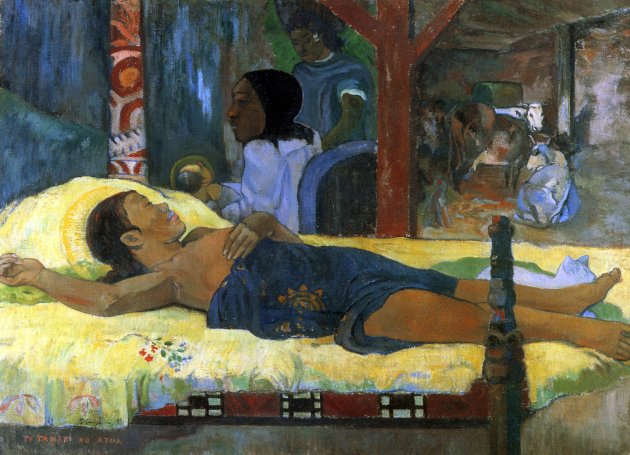
As was often the case at the time, Paul Gauguin had very young mistresses. In Tahiti, he had relationships mainly with four young girls: Tehura, aged 13, but also Titi as well as Pahura and Vaeoho, who were 14 years old. Today, he is strongly criticised for the lack of consistency between his words and his actions.
10. He produced one last autobiographical work before attempting suicide
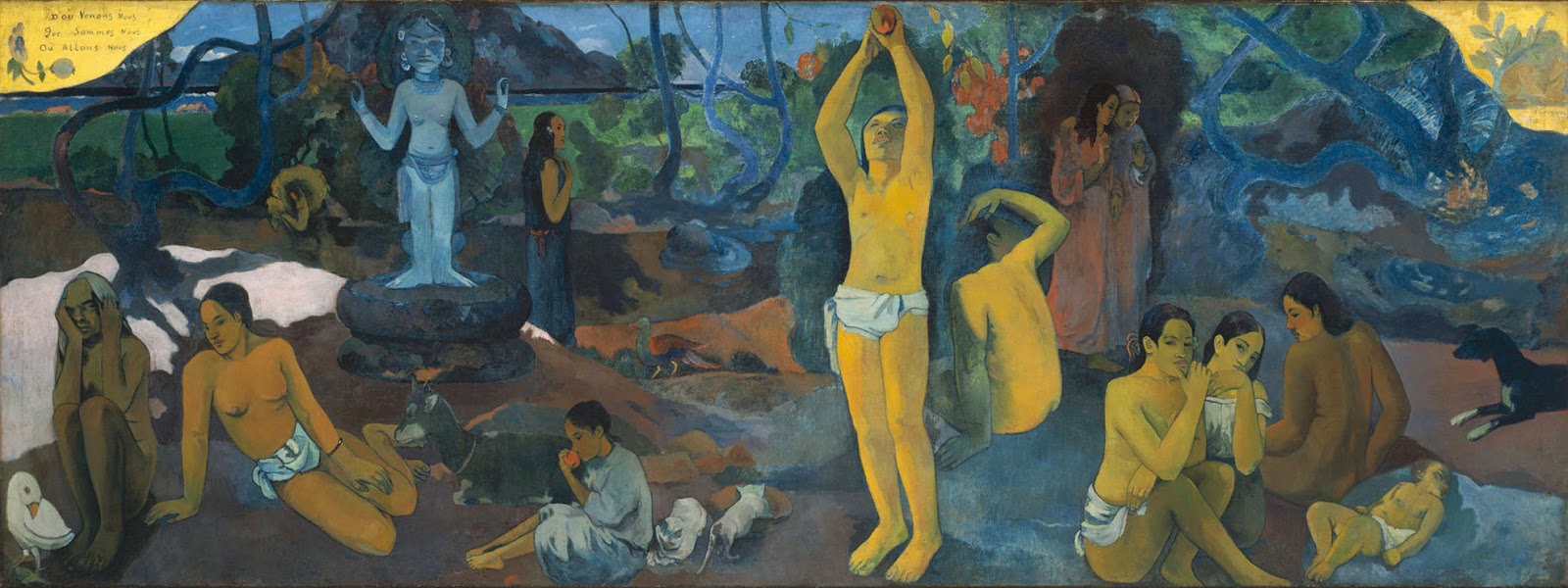
His painting Where Do We Come From? What Are We? Where Are We Going? (D’où venons-nous ? Qui sommes-nous ? Où allons-nous ?) sums up Gauguin’s life. He used elements found in his other paintings to create the large fresco. It was Gauguin’s last project before his attempted suicide.

About Artsper
Founded in 2013, Artsper is an online marketplace for contemporary art. Partnering with 1,800 professional art galleries around the world, it makes discovering and acquiring art accessible to all.
Learn more












